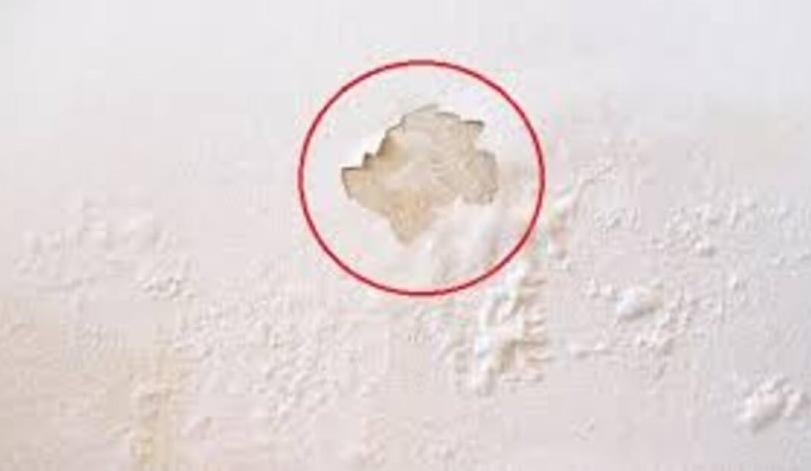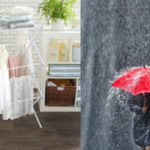How to deal with moldy walls
Using the dry brushing method
In the humid season, many houses encounter the problem of moldy walls. In that case, you can use a dry brush to clean the mold stains first. Use a soft cloth soaked in alcohol to wipe the walls, which helps prevent the growth of mold. However, note that this method is only effective if the mold stains are new and the affected area is not too large.
Using a mold remover
If your walls are affected by mold, you can mix mold remover with water at a ratio of 1:99 and pour it into a spray bottle. Spray the solution on the walls and let the mold remover work for a while, making the mold stains on the walls fade. Then, gently brush the mold stains with a brush and wipe them clean with a cloth.
If the walls are heavily affected by mold, you can mix a more concentrated mold remover solution with a ratio of 1:20.
This method is suitable for recently appeared mold stains. For heavily affected walls, you still need more professional treatment such as sanding the walls, applying a waterproof primer, and then applying a topcoat.

How to deal with peeling and blistering walls
Removing the peeled parts and scraping off the putty layer is the first step in dealing with peeling and blistering walls. Then, smooth and polish the peeled area with sandpaper. Finally, apply a layer of primer and a topcoat.
If the peeling area is large, after scraping off, you should wait for the walls to dry before continuing the treatment steps. During the treatment process, pay attention to applying a waterproof coating to the base of the walls and repairing any cracks.
Avoid painting the walls during the rainy season.
In addition, you can use wallpaper or foam wall stickers as a temporary solution for families who are not yet able to solve moisture and mold problems immediately.
To cover up mold stains and peeling, you can use PVC plastic sheets or wall stickers. Before applying, scrape off the peeling paint.
This method is cost-effective and has a quick treatment time, but it only solves the aesthetic problem and does not address the root cause of mold.

Methods for preventing indoor moisture
Using a dehumidifier
You can use a dehumidifier to reduce indoor humidity.
In addition, using moisture-absorbing agents such as silica gel, activated carbon, lime, and charcoal can also help absorb moisture and prevent humidity. Simply put one of the above-mentioned substances in a small fabric bag, tie it up, and place it in every corner of the room to reduce moisture.
Close doors during humid seasons
During humid weather, you should close doors and windows to prevent your house from “sweating”. On dry days, open the doors to ventilate and reduce the amount of moisture in the house.
Using air conditioning
You can use air conditioning to dehumidify your home. When the air humidity is too high, turn on the air conditioning in dehumidifying mode, and after 2-3 hours, it will help reduce the humidity in your home.
How to Choose the Best Air Conditioning Setting for a Humid and Damp Home
As the cooler temperatures of winter and spring begin to set in across the Northeast, families are confronted with an additional worry – how can they protect their homes from mold and dampness? While a dehumidifier is an effective measure, are there other air conditioning or cooling methods which can be used to ensure the air remains free of moisture and fungi?






































